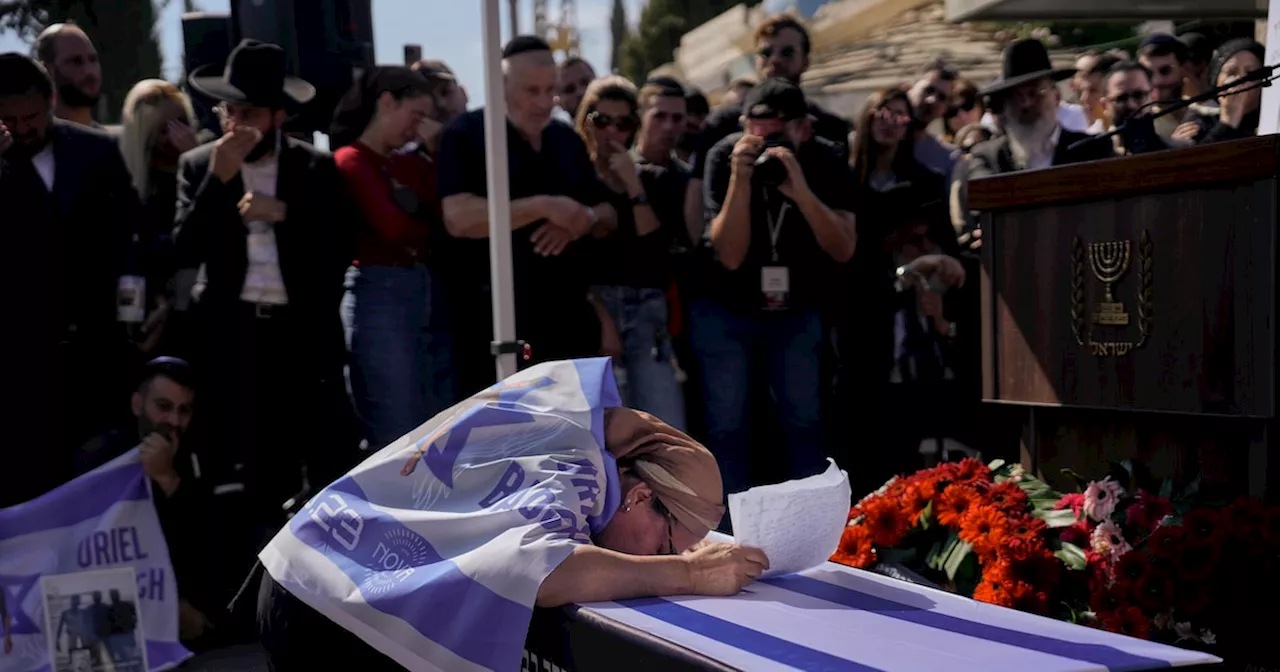The fragile cease-fire between Israel and Hamas faces renewed scrutiny following a weekend marked by violence that underscores the tenuous nature of the ongoing truce. On October 17, 2025, Israeli military operations resulted in the deaths of two Israeli soldiers and injuries to another after a missile struck a military vehicle in Rafah, according to the Israel Defense Forces (IDF). In response, Israel conducted airstrikes on several locations in Gaza, which it claimed were used by Hamas, despite the group denying any involvement in the attack on the soldiers.
Despite the escalation, both Israel and Hamas have expressed commitment to the cease-fire, although the terms remain contentious. Following the missile strike, Israel threatened to suspend humanitarian aid to Gaza, only to reverse that decision and allow aid to flow into the region on Monday.
Hamas has denied responsibility for the weekend’s attacks, asserting that they were carried out by rogue militants outside their control. U.S. President Donald Trump supported this view, stating to reporters that he believed Hamas might not have been involved, expressing confidence that the peace would endure. “We have a little situation with Hamas, and that will be taken care of very quickly if they don’t straighten it out themselves, because they’re in violation of the agreement,” Trump remarked.
This latest violence is not an isolated incident. Since the cease-fire began, Hamas has sought to reassert control in Gaza, leading to public displays of authority that have included violence and executions. This behavior raises concerns about the group’s willingness to comply with the peace plan, particularly regarding disarmament and the relinquishment of its control over Gaza.
The original peace plan required Hamas to release all remaining hostages in exchange for Palestinian prisoners and a phased withdrawal of Israeli troops. However, critical issues such as disarmament and governance of Gaza remain unresolved, complicating the path forward. As Ariel Ahram, a Middle East specialist at Virginia Tech, noted, both parties accepted the cease-fire with reservations. “Hamas said yes, but clearly wasn’t interested in disarming… Israel said yes, but explicitly ruled out the possibility of Palestinian statehood,” he explained.
In the wake of these tensions, U.S. diplomats, including special envoy Steve Witkoff and Jared Kushner, are actively engaging with both sides to reinforce the cease-fire. They arrived in Israel on Monday to meet with government officials, while Vice President JD Vance and second lady Usha Vance plan to meet with Prime Minister Benjamin Netanyahu on Tuesday.
Mediators are convening in Egypt this week to discuss the implementation of the initial phase of the peace deal. While discussions regarding the second phase are yet to commence, the U.S. remains involved in negotiations, maintaining dialogue with regional powers that facilitated the agreement.
The U.S. holds significant influence in the region, being a major donor of humanitarian and economic assistance, a key security partner, and a trading counterpart for Israel, the Palestinians, and many Arab states. However, the Trump administration has been cautious about exerting its leverage until the parties demonstrate ownership of the deal. Ahram highlighted that much of the funding for Gaza’s reconstruction is expected to come from Gulf states, suggesting a strategic wait for regional actors to take initiative in the peace process.
As the situation develops, the international community watches closely, aware that the fragile peace hinges on compliance and cooperation from both sides. The events of the weekend serve as a stark reminder of the challenges that lie ahead in achieving lasting stability in the region.
